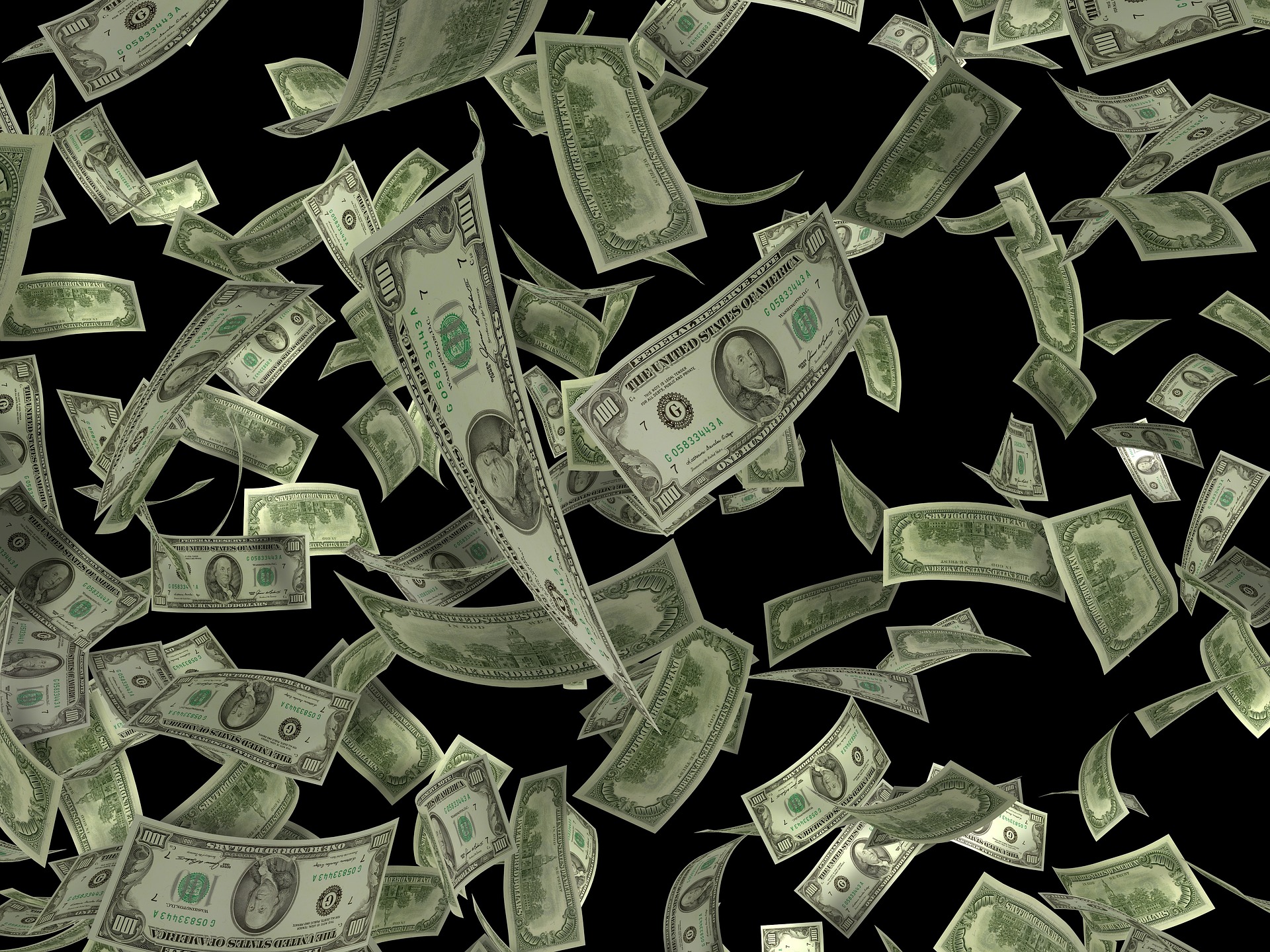
By: Gerelyn Terzo of Sharemoney
During these uncertain economic times, it’s not unheard of for Americans to find themselves short on money. Corporate America has already started cutting jobs at companies like Amazon, Goldman Sachs, and Microsoft, to name a few, and a recession technically hasn’t even surfaced yet. Meanwhile, the economy is already battling high inflation and rising interest rates, making saving money even harder.
If American consumers find they are running out of cash, or they face some kind of emergency, they might be tempted to draw from places they would otherwise never touch early, like a 401(K) retirement savings plan. We thought we would explore whether this is a good idea or if it will further disrupt long-term financial security.
The truth is that Americans have already begun to do just that — take from their retirement savings in order to afford unplanned expenses today. According to financial services giant Vanguard, 2.8% of its 5 million 401(K) members made withdrawals from their retirement plans last year to pay for hardship expenses. It was a similar scenario at Fidelity Investments, where the hardship withdrawal rate is 2%-2.3% each year. But in 2022, that rate climbed higher to 2.4%.
Hardship expenses that qualify for 401(K) withdrawals could include doctor bills and housing expenses to avoid eviction or foreclosure. Basically, if you’re looking to purchase a new vehicle or boat, you’d get turned down for a hardship withdrawal.
In 2018, U.S. lawmakers eased the rules around retirement account distributions, paving the way for this record percentage of hardship withdrawals from 401(K) schemes. And given the economic headwinds that consumers have been faced with, including the highest inflation rate in 40 years, consumers have been looking everywhere for relief.
However, it’s not just emergencies driving this trend. In fact, personal finances have been under duress. Credit card balances are hovering where they were before the health crisis hit, while consumers are saving just 3.45% of their earnings each month compared with 7.5% in 2021.
Vanguard’s Fiona Greig, who heads up investor research and policy, told the Journal that retirement account withdrawals are “evidence that some families may be feeling the pinch and drawing on their 401(k) balances to relieve that financial stress.”
Meanwhile, Americans who dip into their retirement savings for hardship situations are limited in the amount they can withdraw. They are permitted to borrow the lesser of 50% of their 401(K) plan balance or $50,000. It will cost them to do so.
Retirement plan members will be taxed on those withdrawals and get hit with a 10% penalty if they have not yet reached their 59 ½ birthday. You can also expect that the IRS will take its mandatory withholding cut of 20%. When it comes down to it, that is an expensive withdrawal at a combined 30% interest.
There are some exceptions to this rule, such as if the funds are being directed toward medical expenses. Those costs must cost over 10% of a person’s gross income.
Hardship withdrawals are nothing new under the sun. When people need money and they observe a large balance in a retirement plan, it’s tempting to access those funds in exchange for some breathing room. In addition to emergencies, they might use the money to pay down credit card balances or to pay off student loans.
However, many financial experts agree that it is not a good idea. The taxes and penalties notwithstanding, they say that borrowers are taking from their future selves, which will hurt them in the long run. Something that can be overlooked is the years that have transpired to build retirement savings in the first place. It can take years before the account is at the level once again. Worse, if the account never recoups those funds, then the borrower will be left with fewer savings in retirement.
On the other hand, someone who is willing to make a withdrawal from their retirement savings likely has no other choice. There is one other option when it comes to your 401(K) account. Instead of taking a hardship withdrawal, you could take a loan from your retirement savings. In this case, you’ll be repaying the loan to your future self plus interest. Experts advise people not to look to their 401(K) retirement fund if they need the money for an event such as a wedding or a child’s graduation. If you take a loan from your retirement account, you should be committed to paying it back. Otherwise, the government will heap on the penalties and taxes, removing the very benefit that a 401(K) loan has to offer in the first place.
In the event that you decide to take out a loan from your 401(K) fund, there are some perks. You’ve got five years to pay it back to yourself, which will give you more time than one of those high-interest short-term loans that are out there. And you are likely to face fewer fees if from a 401(K) loan vs. what you might experience by taking out a more traditional bank loan, for example.
Another thing to consider is that if you are busy repaying your loan to your 401(K), that is essentially money that you will not be using to make contributions to your retirement savings. So for every advantage, there is also a disadvantage on the flip side.
Bottom Line
You may find that borrowing from a 401(K) is your only resort during these difficult economic times. Perhaps you need the funds to pay for basic expenses like groceries or to keep a roof over your head. Borrowing from your retirement fund is a last resort, and you should do everything you can to repay yourself as quickly as possible. This way, when the time comes for you to actually retire, you won’t find yourself in another hardship situation that is even more challenging to solve.


